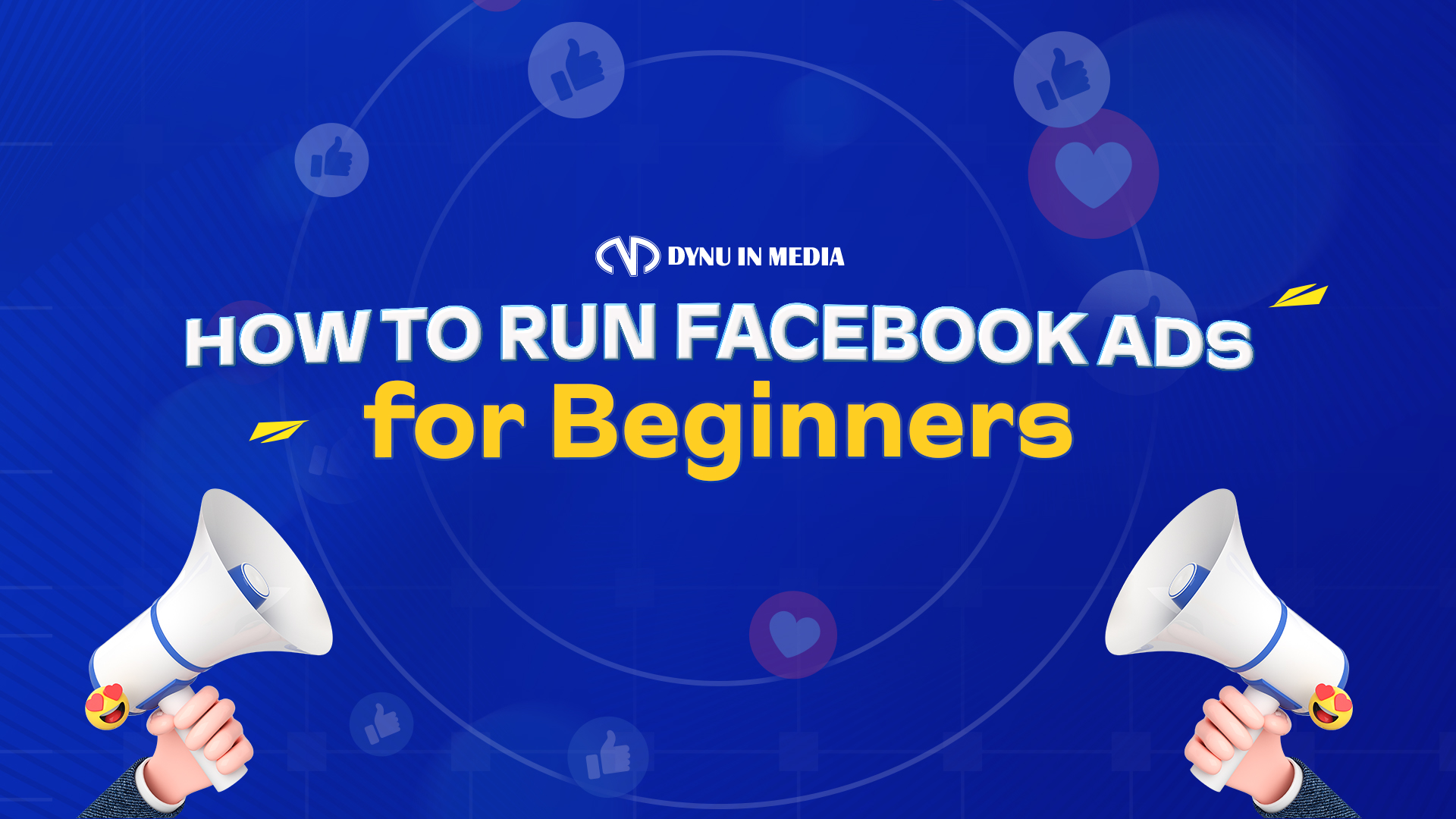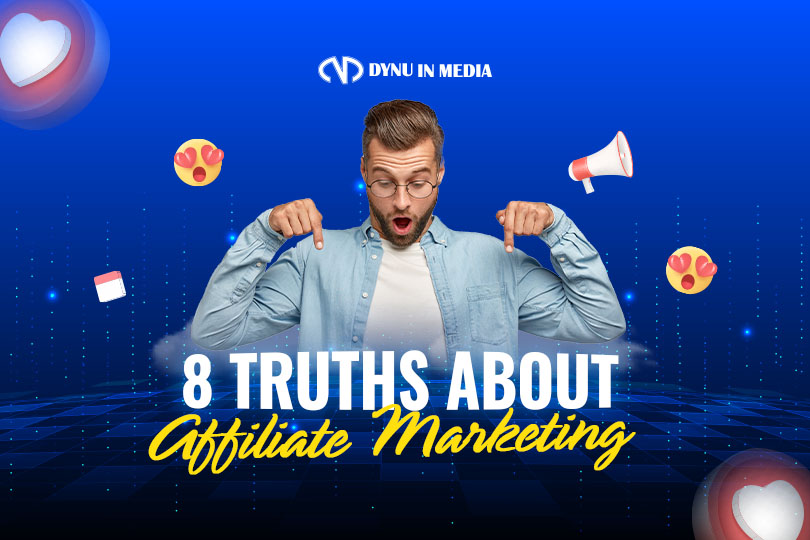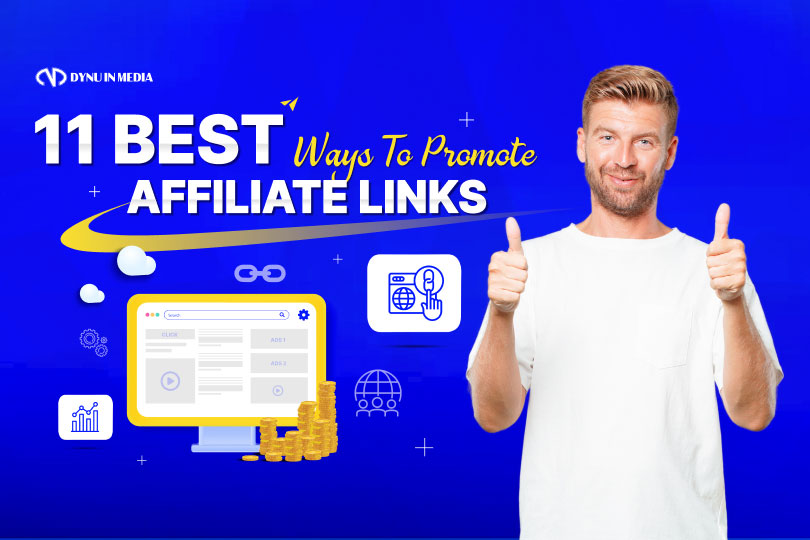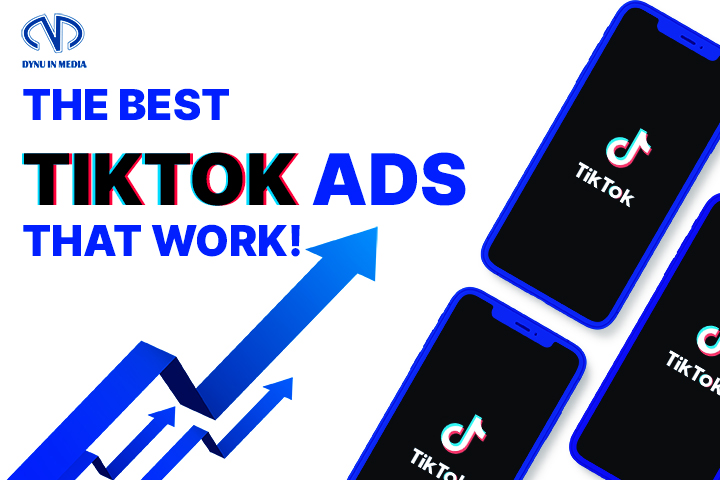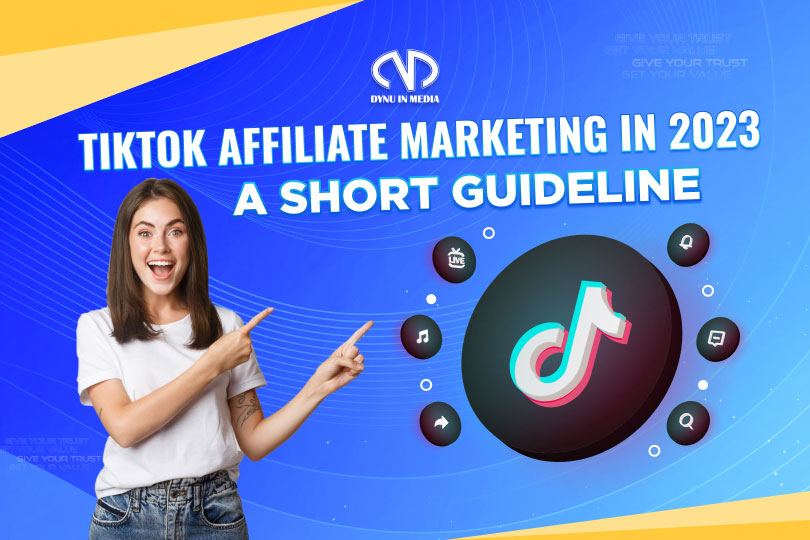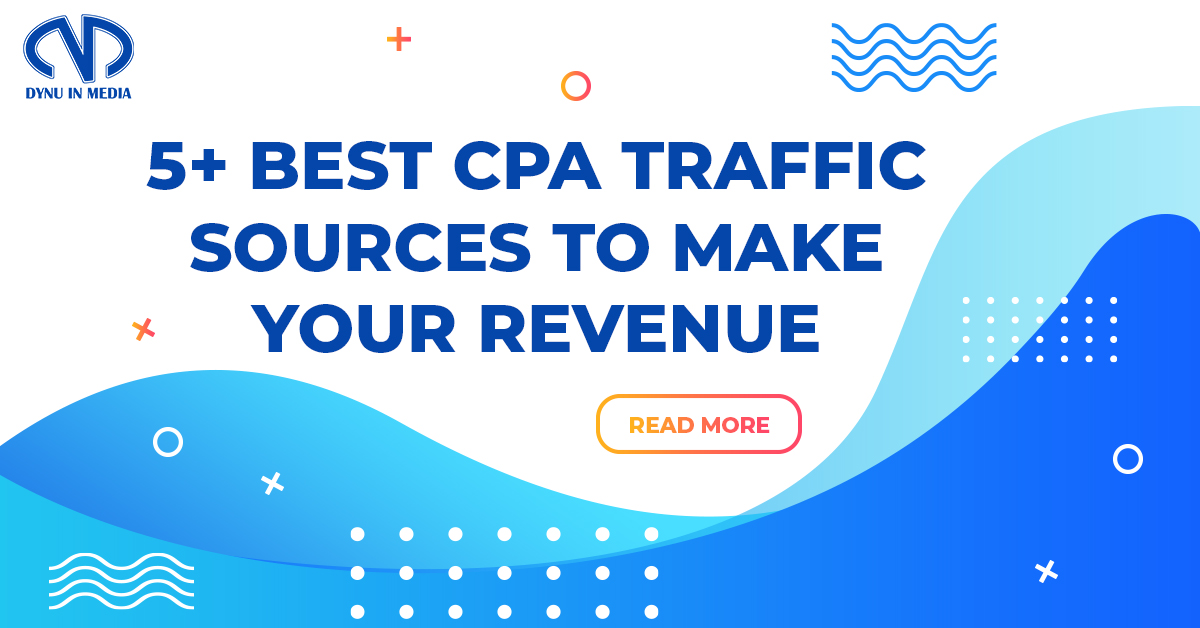What Is Incentive Traffic? Definition & Types
When it comes to ranking on a particular online platform, traffic is one of the best metrics to decide which digital product is the winner. Instead of generating organic traffic which is more encouraged today, many choose to create incentive traffic. Also, if you’re a publisher at Dynu In Media, you must have seen lots of non-incent affiliate offers. What is incentive traffic then? What are the types of it and its pros and cons? We’ll dive into this topic below.

What is incentive traffic?
Incentive traffic or incentivized traffic is generated by users’ actions based on some reward programs. This means people access a specific landing page because they are rewarded to do it without any intention of purchasing something else.
Incentivized traffic can be seen as click fraud unless it lies under a compromise between the advertiser and the publishers. Whatsoever, this kind of traffic is not at the same level as organic traffic and ad-driven traffic. There is very little chance that a user ends up engaging himself with where he’s directed to.
It’s easy to see that advertisers are not keen on incentivized traffic because they hardly generate long-term, quality customers. However, in a race for search engine ranking, incentive traffic can help businesses in gaining visibility in front of their target audiences.
So, incent traffic is not entirely bad. But before heading to the pros and cons, let’s learn how many types it has. Read on!
Types of incent traffic

In general, incent traffic works based on only one thing: incentive. However, the different types of incentives are what matter since they decide on the traffic quality as well as the portrait of users. Here are some popular types of incentives that motivate users to perform required actions.
- Cash
- Gambling rewards
- In-app points
- Access to a specific piece of content
What is incentive traffic good for?
Incentivized traffic can be good in some situations. As we mentioned earlier, it could benefit businesses with their website ranking in a short time frame. But it’s also a risky thing to do because it belongs to the black-hat SEO tactic which manipulates search engine algorithms.
Incentive traffic is also used to boost mobile app ranking in App Store or Google Play. Users are incentivized to download an app or rate it with five out of five stars. The more downloaded, the higher it ranks on top of other similar apps. However, users downloading the app may delete it soon after they gain what they want — that’s definitely a bad signal to weaken your app optimization attempt in the long run.
In a nutshell, no matter how good incentive traffic is, it works only for a short while. Incentive traffic is rather terrible for real marketing since there’s no emotional engagement initially. We’ll discuss this below.
What is incentive traffic bad for?
When we talk about real marketing, we talk about turning target audiences into real customers and then royal customers. Does incentive traffic bring you target audiences, first? No.
To explain more, those people don’t care about your business. They send traffic to your site or download your app only for the incentive. Once they already got it, they’ll soon leave your site or make your app disappear on their mobile screens. Forever.
Incentivized traffic gives you no marketing value in the long run, to be honest. That’s why most of Dynu In Media’s advertisers live up to only non-incent offers, meaning incent traffic is unallowed and not counted for commissions.
However, it might be necessary for the short run, especially when it’s outbound marketing as soon as you launch the product. We’ve broken down the reasons incentive traffic is important below.
Why is incent traffic important?

App traffic
We’ve already talked about this previously. Incent traffic can help a new-launched app rank on top of others within its category. As a result, the app is exposed to more people and maybe gains downloads from users who actually want to give it a shot.
B2B opportunities
In a B2B partnership, companies can offer their customers discounts on their partners’ products. This simultaneously sends traffic to the partners’ websites while the incentive is the discount.
Boosted Volume
Incentives drive people to take action instantly, creating mass traffic in a short time period.
Cost Effectiveness
Incentivized traffic is way much cheaper than organic or paid-ad traffic. This is due to the fact that people already receive rewards to perform what needs to be done. Usually, it costs only around $0.2 to 0.8 per user. Meanwhile, it takes a lot of time, money, and effort to gain a user for non-incentivized traffic – however, the user has to be of high quality.
Incentivized audiences
Incentivized traffic is especially important when you DO need incentivized audiences to actually give you something. You might need them to fill out some surveys, submit personal contact addresses, or try your product samples in exchange for their feedback.
Quicker Pivoting
Incent traffic can be seen as a step ahead for the following marketing initiatives. Because it helps push your brand’s visibility forward quickly while adding significantly to your user database, you also have more time to focus on more important tasks. Earning incentivized traffic does take much less time than organic traffic.
To sum up, what is incentive traffic? Incentive traffic is made by users based on a promise of reward. This type of traffic is bad and good. However, since rarely incentivized traffic makes real customers, they’re mostly not prioritized in long-term marketing campaigns. As an affiliate at Dynu In Media, how are you planning to generate income with and without incentive traffic? Let us know with your comment below.
